Parasitic plants
Hemi- and holoparasitic families of flowering plants
Hemiparasites: ca 4100 species. Holoparasites: 390 species. Parasites: ca 4500 species
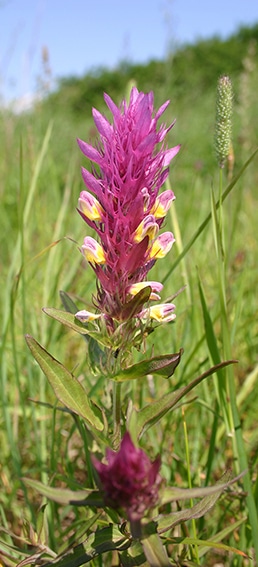
Hemiparasites
(with chlorophyll - dependent on water and mineral nutrients from host):
Olacaceae: 14/14/ca.100
Schoepfiaceae: 1/1/30
Opiliaceae: 1/10/31
Loranthaceae: 73/73/ca.910
Misodendraceae: 1/1/8-10
Eremolepidaceae: 3/3/11
Santalaceae: 35/35/ca.430
Viscaceae: 7/7/ca.600
Krameriaceae: 1/1/17
Lauraceae: (Cassytha) 50/1/16
Convolvulaceae: (Cuscuta) 57/1/ca.145
Orobanchaceae: 105/88/ca. 1800
Holoparasites
(no chlorophyll - all water, organic and inorganic nutrients supplied from host):
Orobanchaceae: 17/17/ca.270
Cynomoriaceae: 1/1/2
Lennoaceae: 2/2/5
Apodanthaceae: 3/3/23
Cytinaceae: 2/2/7
Mitrastemonaceae: 1/1/2
Raffleciaceae: 3/3/20
Hydnoraceae: 2/2/15-18
Balanophoraceae: 17/17/43-44
Code: total number of genera/number of parasitic genera/total number of species
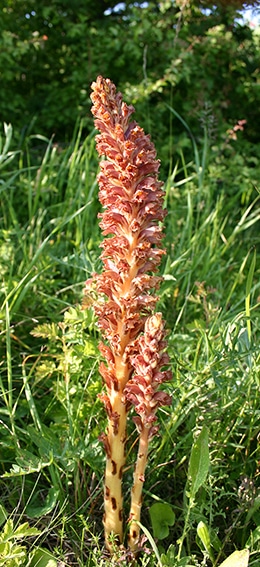
Types of parasitism in flowering plants
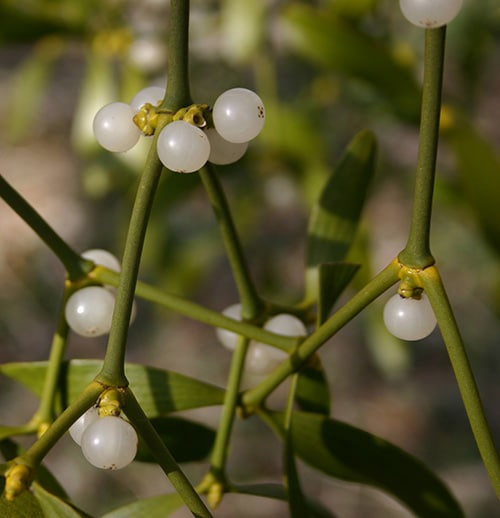
Viscum album ssp. album, is a hemi- and stem parasite
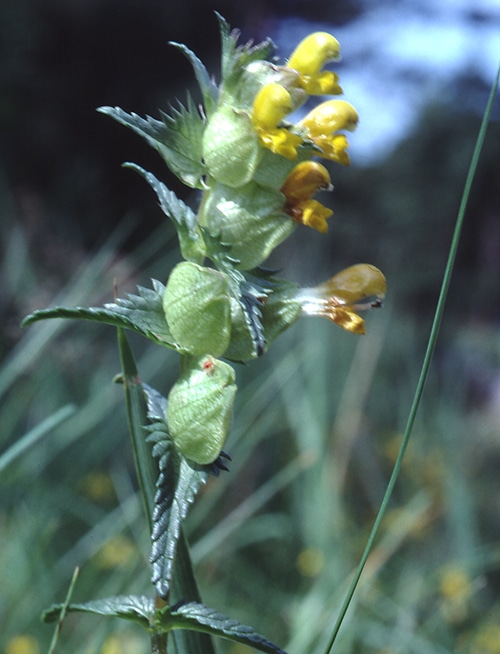
Rhinanthus minor is a hemi- and root parasite
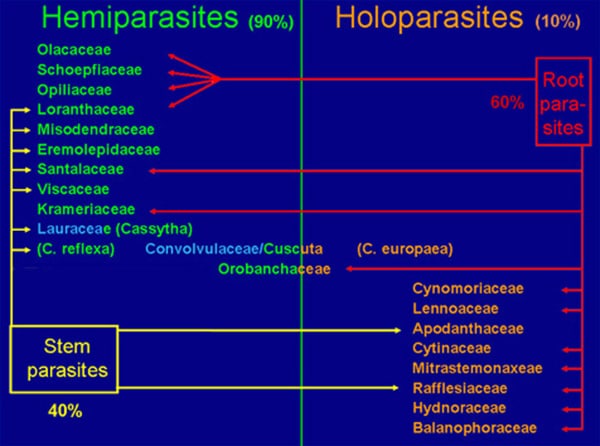
Colour code: Blue, autophyte, i.e. photosynthetic and all uptake of water and nutriets occur without help from other organisms.
Green: hemiparasites.
Red-brown: holoparasites.
Percentages are in relation to the total number of parasitic plants.
The Figures show examples from the Danish flora of the four categories.
See also the book Henning S. Heide-Jørgensen 2008:
Parasitic flowering plants.
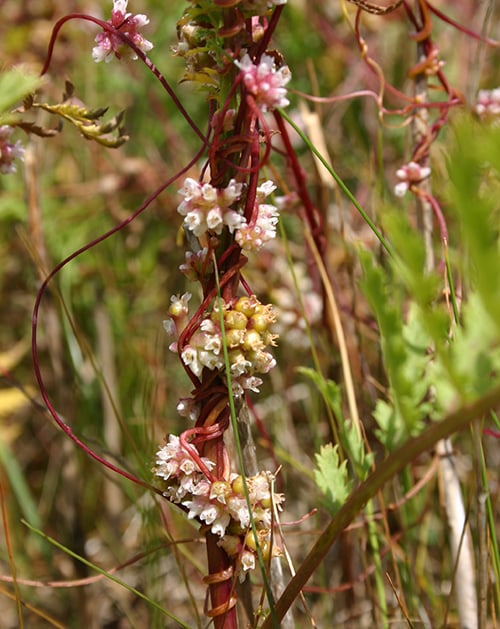
Cuscuta europaea is a holo- and stem parasite
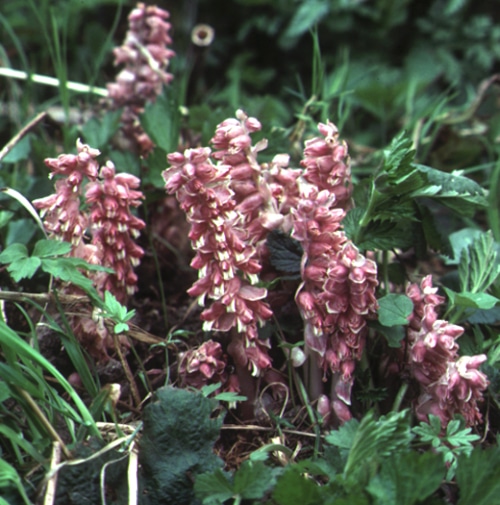
Lathraea squamaria is a holo- and root parasite
Comments to the tables:
Cuscuta (dodder) is sometimes classified in a separate family, Cuscutaceae, with only one genus, Cuscuta. If so, only Lauraceae includes both non-parasitic genera (autophytes) and parasitic ones. The hemiparasitic subfamilies Rinanthoidea and Buchneoidea (Scrophulariaceae) are now transferred to Orobanchaceae. The three small holoparasitic families Apodanthaceae, Cytinaceae, and Mitrastemonaceae were earlier included in Rafflesiaceae.
Definitions:
Parasitism occurs, when one plant exploit another and by doing so causes damage to the first one (the host).
Through a structural-physiological bridge (the haustorium) parasitic plants absorb water and nutrients from one or more host plants. However, some other plants acts similarly but here the bridge is the mycelium of a mycorrhiza forming fungus. Such plants involved in a relationship of at least three species are now called myco-heterotrophic plants. Many, if not most, of the plants known as saprophytes seem to be myco-heterotrophic.
Obligate parasites cannot live without a host but facultative parasites (examples only to be found among hemi-parasites and so far only demonstrated under laboratory conditions) may survive without a host but in a far less vigorous condition.
Literature:
The numbers 10, 13, 16-19, 25, and 29 of the Publication list deal with parasites. The numbers 53-56 are in Danish but rich in nice colour illustrations.
See also: Danish and Nordic parasitic plants and
The Mistletoe Viscum album.
Viscum biology and Growing Viscum (mistletoe).
The classical scientific book on parasites is: J. Kuijt, 1969: The Biology of Parasitic Flowering Plants.
There are plenty of colour photographs in H S Heide-Jørgensen 2008: Parasitic flowering plants.
There are plenty of entries on the WEB dealing with parasitic plants, and the most comprehensive is:
http://www.science.siu.edu/parasitic-plants/
The Danish page shows stamps with parasitic plants including comments on both stamps and plants.
The
————————————————————-
H S Heide-Jørgensen, marts 2010 – Opdateret oktober 2020

